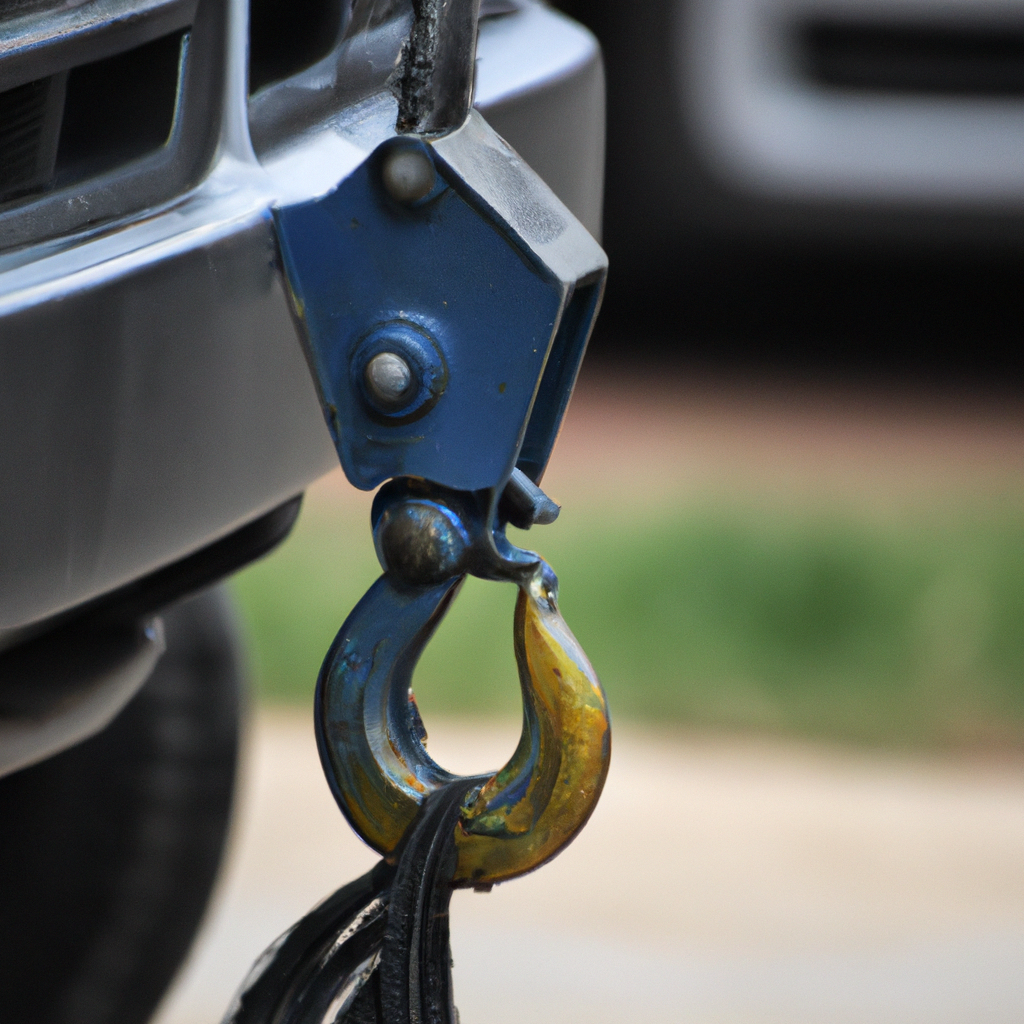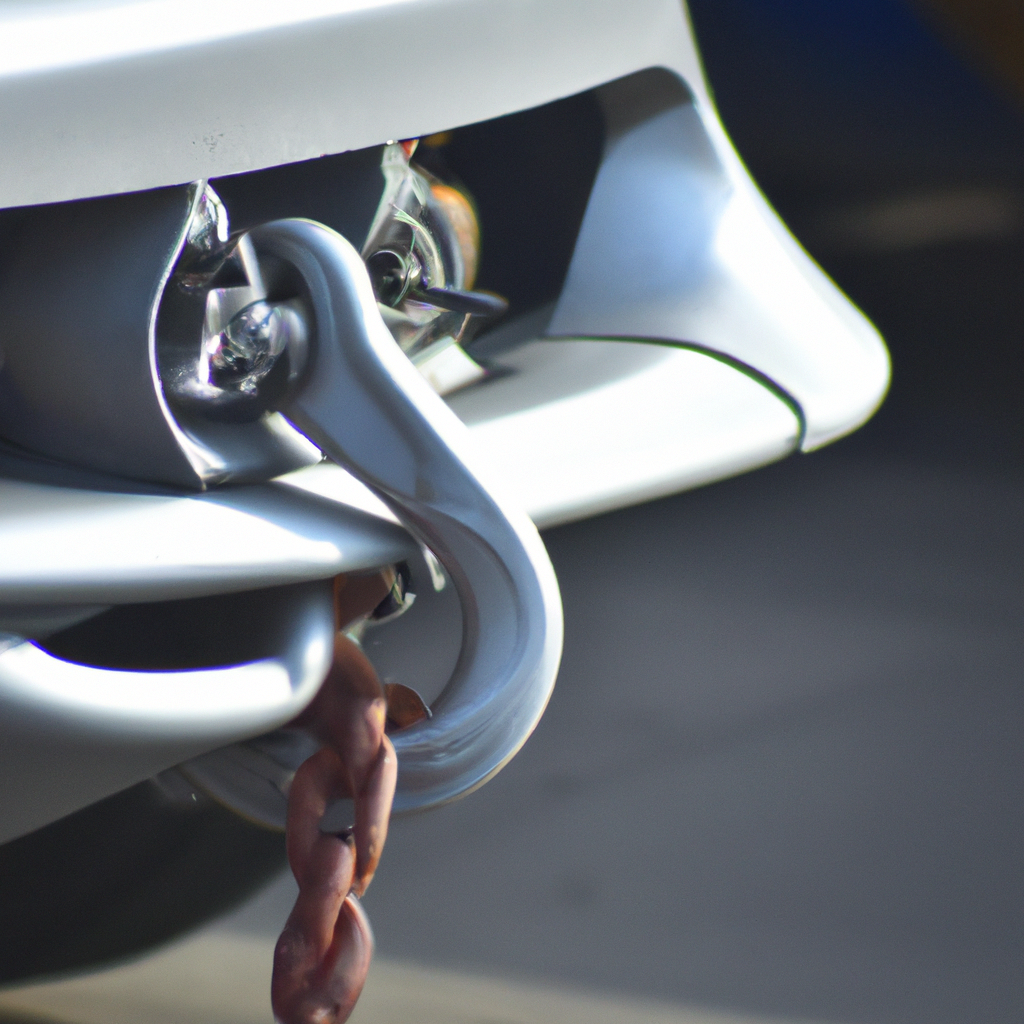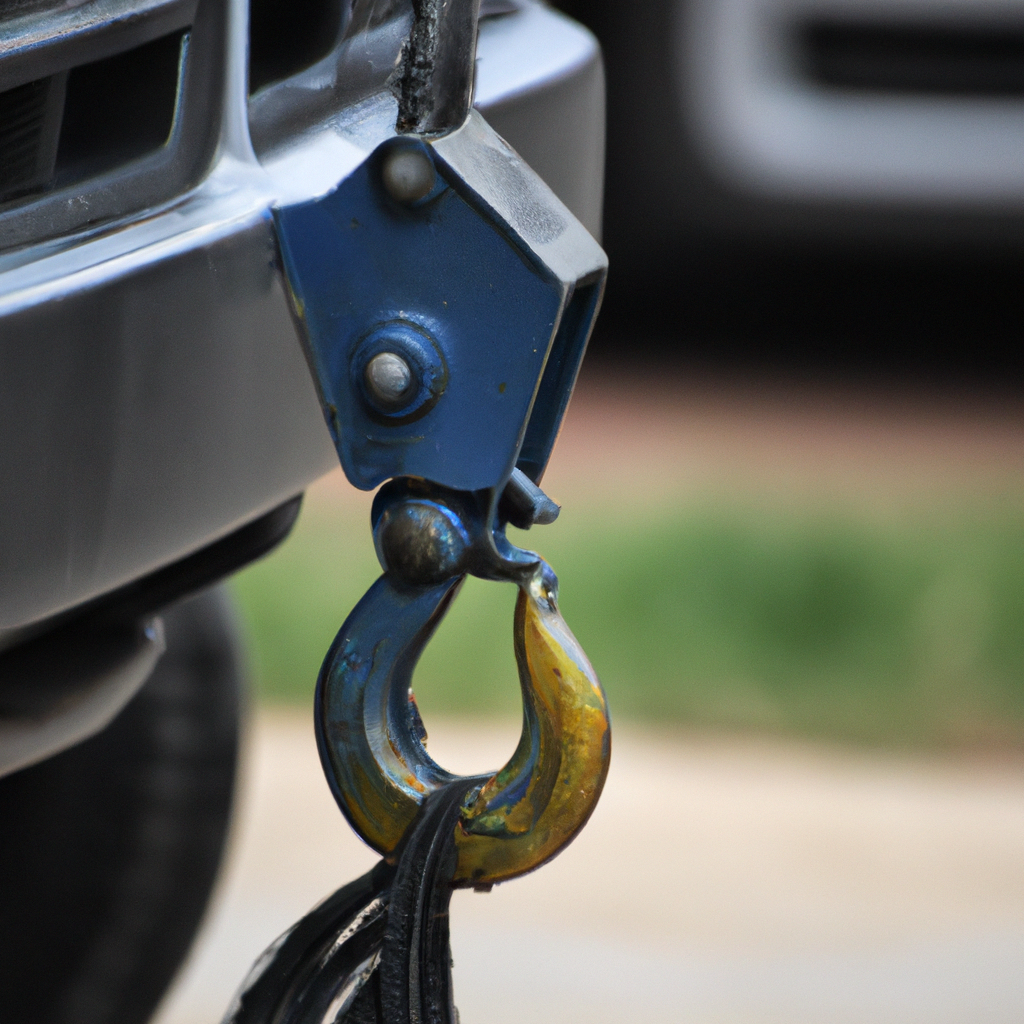Flat towing, also known as dinghy towing or four-wheel down towing, refers to the practice of towing a vehicle with all four wheels on the ground, without the need for a trailer or a dolly. It is a technique commonly used by RV owners who want to tow a second vehicle behind their motorhomes, allowing them the convenience of having a means of transportation once they reach their destination. This method has gained popularity due to its simplicity and cost-effectiveness, but there are important factors to consider when engaging in flat towing to ensure the safety of both the towing vehicle and the towed vehicle.
What Does Flat Towing Mean?
Flat towing, also commonly referred to as dinghy towing or four-down towing, is a method of towing a vehicle behind another vehicle without the need for a traditional trailer or tow dolly. In flat towing, the vehicle being towed, also known as the towed vehicle or “toad,” is attached to the towing vehicle using a tow bar. The tow bar connects the front end of the toad to the towing vehicle, allowing it to be pulled along behind. This towing method is particularly popular with recreational vehicle (RV) owners who want to bring their personal vehicles with them on their travels.
The Basics of Flat Towing
To flat tow a vehicle, several key components are required. Firstly, a tow bar is needed. Tow bars come in various types and can be either rigid or collapsible. Rigid tow bars are more robust and typically used for heavier vehicles, while collapsible tow bars offer greater convenience and ease of storage. The tow bar must be compatible with both the towing vehicle and the toad.
Next, a base plate or tow brackets need to be installed on the front end of the toad. These brackets provide a secure attachment point for the tow bar. It is essential to ensure that the base plate or tow brackets are specifically designed for the make and model of the toad to ensure a proper fit.
Additionally, safety cables and wiring connections are necessary. Safety cables act as a backup in case the tow bar fails, preventing the toad from detaching from the towing vehicle. Wiring connections are used to transmit signals from the towing vehicle’s lights to the toad’s lights, ensuring it remains visible and compliant with road regulations.
Advantages of Flat Towing
Flat towing offers several advantages over other methods of towing. One of the main benefits is the ability to tow a vehicle without the need for a trailer or tow dolly. This eliminates the extra expense and storage requirements associated with these towing solutions. Furthermore, flat towing allows for quicker and easier setup, as there are no additional components to attach or detach.
By flat towing, the overall length of the towing combination is reduced compared to using a trailer or tow dolly. This can be advantageous when navigating tight spaces or maneuvering in crowded areas, such as RV parks or gas stations. Additionally, flat towing provides a more stable and balanced towing experience, as the toad tracks directly behind the towing vehicle.

Vehicle Suitability for Flat Towing
Not all vehicles are suitable for flat towing. It is important to check the owner’s manual or consult with the manufacturer to determine if a specific vehicle can be safely flat towed. Some vehicles require modifications or additional equipment to be properly prepared for flat towing, while others may not be suitable for this method at all.
Generally, vehicles with manual transmissions are more commonly flat towed. This is because they can be placed in neutral, which allows the wheels to spin freely and prevents damage to the transmission. However, some automatic transmission vehicles can also be flat towed, provided they have the necessary provisions in place, such as a neutral tow mode or a lubrication pump to prevent transmission damage.
Considerations and Precautions
Before engaging in flat towing, there are several considerations and precautions to keep in mind. Firstly, it is crucial to ensure that the towing vehicle has sufficient towing capacity to safely tow the toad. Overloading the towing vehicle can lead to reduced handling and control, as well as increased wear and tear on the vehicle’s components.
Proper weight distribution is also vital to maintain stability during flat towing. The weight of the toad should be distributed evenly across the tow bar and within the recommended weight limits specified by the tow bar manufacturer. Failure to maintain proper weight distribution can result in handling issues and potential damage to the towing components.
Regular maintenance and inspections of the flat towing equipment are essential to ensure safe and reliable towing. The tow bar, base plate or tow brackets, safety cables, and wiring connections should be checked before each trip to ensure they are in good working condition. Additionally, following the recommended maintenance schedule for the towing vehicle and toad is crucial to prevent any mechanical or electrical issues.

Conclusion
Flat towing, or dinghy towing, provides a convenient and practical solution for towing a vehicle behind another vehicle without the need for a trailer or tow dolly. It offers advantages such as reduced cost, easier setup, and improved maneuverability compared to other towing methods. However, it is important to ensure that the towing vehicle and toad are suitable for flat towing and that all necessary precautions and considerations are taken to ensure a safe and enjoyable towing experience. By following proper procedures and guidelines, flat towing can be a reliable and efficient way to bring your personal vehicle along on your travels.
